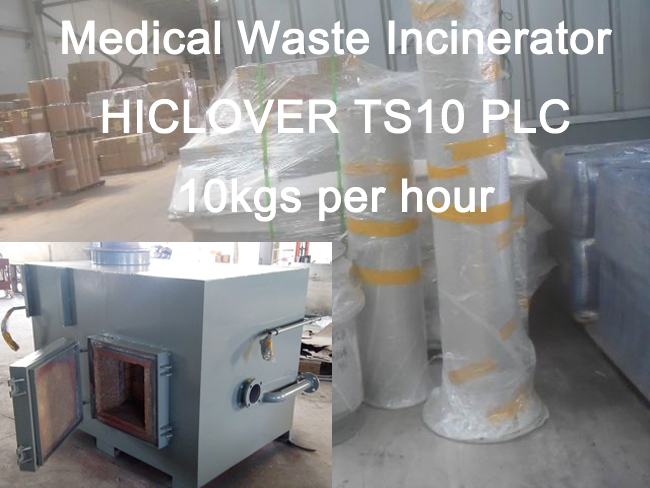Hazardous waste management is a highly critical and complex process that involves the collection, transportation, treatment, and disposal of hazardous materials in a safe and environmentally responsible manner. With the increasing volume and complexity of hazardous waste generated by various industries, the role of technology in efficient hazardous waste management has become more crucial than ever.
Technology plays a significant role in every stage of hazardous waste management, from the initial identification and classification of hazardous materials to the final treatment and disposal. The use of advanced technologies not only helps in minimizing the environmental impact of hazardous waste but also enhances the overall efficiency and effectiveness of the management process.
One of the key technologies used in hazardous waste management is waste tracking and monitoring systems. These systems enable the accurate tracking and monitoring of hazardous waste from the point of generation to its final disposal. By using advanced barcoding, GPS, and RFID technologies, waste management companies can ensure the proper handling and disposal of hazardous materials, as well as maintain a transparent and traceable record of waste movement.
Furthermore, the development of advanced treatment technologies has significantly improved the efficiency of hazardous waste treatment processes. Technologies such as thermal treatment, chemical oxidation, and biological treatment have been instrumental in treating hazardous waste materials to render them less harmful and easier to dispose of. These advanced treatment technologies not only reduce the volume and toxicity of hazardous waste but also minimize the environmental impact of waste disposal.
In addition, the introduction of state-of-the-art monitoring and control systems has revolutionized the safety and security measures in hazardous waste management facilities. These systems enable real-time monitoring of various parameters such as temperature, pressure, and flow rates, ensuring that hazardous waste treatment facilities operate within safe limits and comply with regulatory standards. Furthermore, these systems can quickly detect any abnormalities or malfunctions, allowing for immediate corrective actions to be taken.
Moreover, the implementation of data management and analysis technologies has significantly enhanced the decision-making process in hazardous waste management. By leveraging big data analytics, waste management companies can analyze large datasets to identify trends, optimize processes, and improve overall operational efficiency. This data-driven approach allows for proactive decision-making and resource allocation, leading to more sustainable and cost-effective hazardous waste management practices.
Overall, the role of technology in efficient hazardous waste management cannot be overstated. With the constant evolution and advancement of technologies, the management of hazardous waste continues to become more efficient, safe, and environmentally friendly. By leveraging the latest innovations in waste tracking, treatment, monitoring, and data analysis, the industry can continue to improve its practices and minimize the impact of hazardous waste on the environment. Going forward, the integration of emerging technologies such as artificial intelligence and automation is expected to further revolutionize the hazardous waste management landscape, driving even greater efficiency and sustainability.



